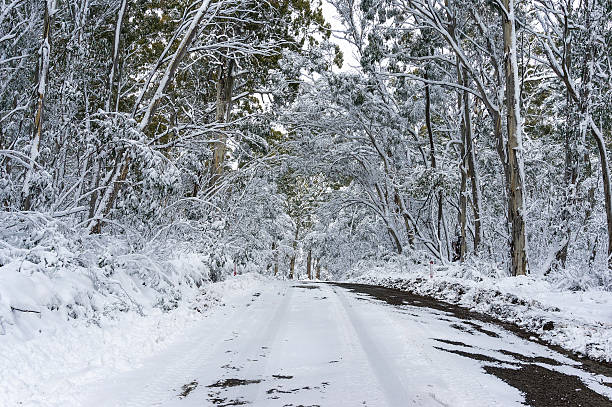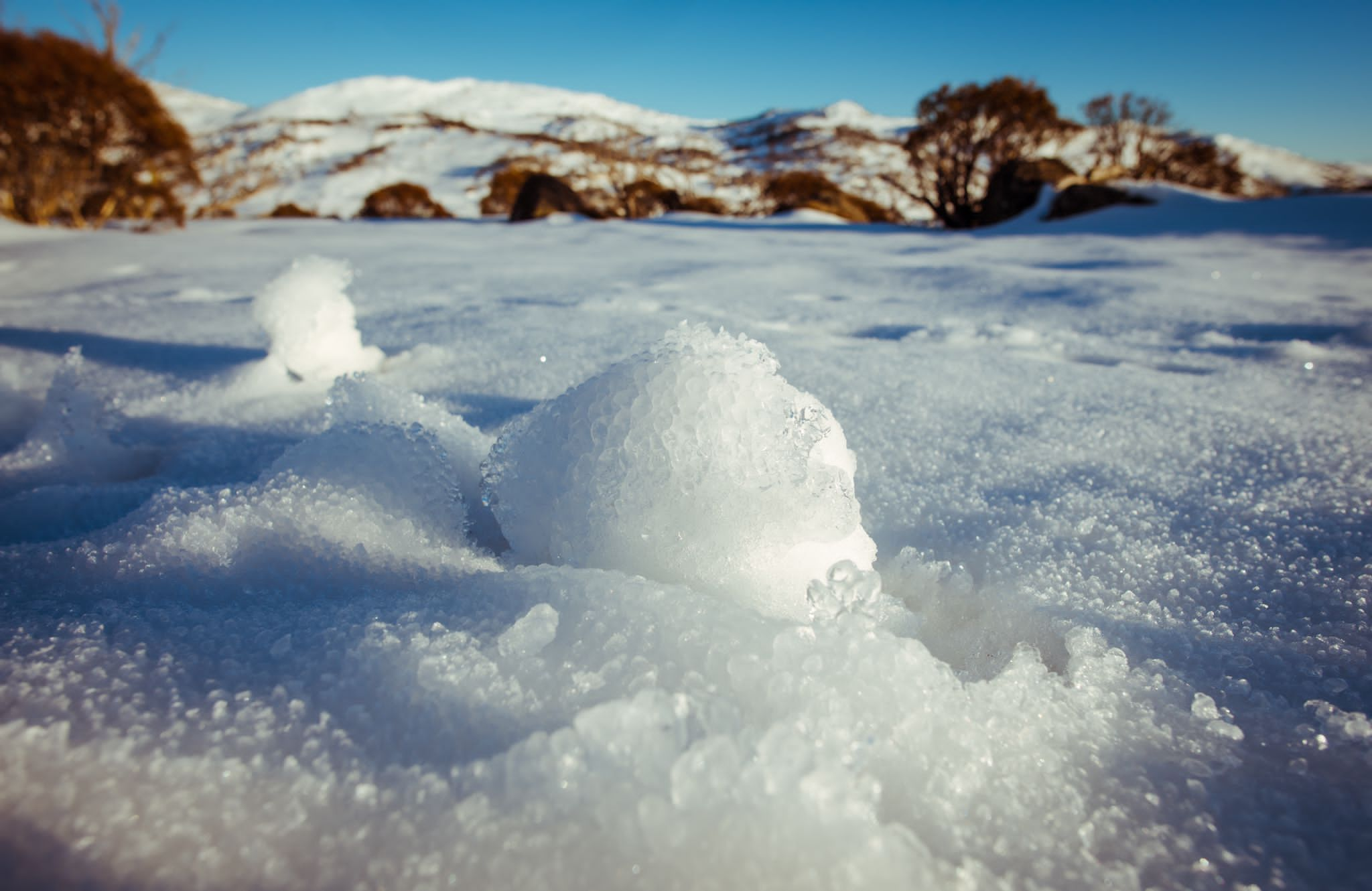Explore the Most Scenic Places to Experience Snow In Australia for a Unforgettable Winter Getaway
Explore the Most Scenic Places to Experience Snow In Australia for a Unforgettable Winter Getaway
Blog Article
Discover the Remarkable Effects of Snow in Australia on Local Ecological Communities
Despite its reputation for sun-soaked landscapes, Australia also flaunts regions buried by snow-- a sensation that exceptionally influences the country's distinct ecological communities. The shielding buildings of snowflakes protect plants and fauna among the coldest winter seasons, while the melting snow supports rivers and aquatic life. Nonetheless, the genuine wonder hinge on exactly how these wintry conditions shape the country's biodiversity and nutrient cycles. As we decipher this detailed relationship, we locate ourselves walking on undiscovered premises in Australia's high country.
The Unexpected Areas of Snowfall in Australia
Although Australia is typically associated with sandy coastlines and sun-scorched landscapes, certain areas remarkably experience snowfall. The high country regions of New South Wales, Victoria, and Tasmania are particularly recognized for their wintertime snow. The Snowy Mountains in NSW, for circumstances, receive bountiful seasonal snow, providing a stark contrast to the country's common hot, arid climate. The Victorian Alps and parts of Tasmania additionally see yearly snowfalls, changing the landscape right into a winter paradise. These locations are not simply abnormalities however indispensable parts of Australia's varied climate system. The existence of snow in these regions dramatically affects regional ecological communities, ultimately influencing the country's special biodiversity. The certain impact on Australia's distinctive flora will certainly be reviewed in the following section.

How Snow Impacts Australia's Distinct Flora
These plants have advanced to endure in extreme conditions, with snow serving as a safety covering from freezing temperatures and harsh winds. The snow likewise contributes to the dampness content of the dirt, giving necessary hydration for plant life throughout the dry summertime months. In significance, the snow affects the timing of flowering and seed dispersal, the development rates, and the survival of several plant species, showcasing the detailed interplay in between climate and vegetation in Australia.

The Adjustments of Australian Fauna to Snowfall
Simply as Australia's vegetation has adjusted to the wintery problems, the neighborhood fauna as well, show exceptional adaptations to the snowfall. Variety like the Mountain Pygmy-possum, the only Australian marsupial known to hibernate, have progressed strategies to make it through in snowy atmospheres. It utilizes the snow as insulation, hibernating in rock gaps below the snow to remain warm. Likewise, the Snow Skink, a types of reptile, transforms its colour to white during winter season, supplying camouflage versus predators. Birds such as the Snowy Hills' Crimson Rosella additionally readjust their diet plans to eat available food sources during chillier periods. Therefore, despite the rough conditions, Australian fauna demonstrates a resilient and adaptive nature, guaranteeing their survival in regions experiencing snowfall.
The Duty of Snow fit Neighborhood Communities
In shaping the local communities, the role of snow in Australia is both extensive and multilayered. Snow offers an essential water source, feeding rivers and tanks as it melts, therefore supporting a range of aquatic life kinds. The visibility of snow forms the plant life patterns, animal actions, and overall sustainability of Australia's distinct environments.

The Future of Snowfall in Australia: Predictions and Effects

Provided the crucial role snow plays in forming regional communities, the future of snowfall in Australia is attracting boosting interest from ecologists and researchers. Present climate models forecast a considerable decrease in snowfall due to other worldwide warming, with potentially extensive influence on regional communities. Much less snow can cause lowered water availability in alpine areas, detrimentally influencing wild animals environments and plant life. It might change the timing of seasonal modifications, interfering with the life cycles of several indigenous species. The tourist industry, heavily reliant on the winter months snow season, may additionally deal with significant challenges. As this article a result, comprehending these forecasts and their ramifications is vital to create effective conservation strategies, making sure the conservation of Australia's distinct biodiversity and the sustainability of its economic situation.
Verdict
The function of snow in Australia's environments is pivotal yet usually forgotten. Hence, the snow in Australia is more than a natural spectacle; it's an essential gamer in the country's environmental narrative.
Despite its reputation for sun-soaked landscapes, Australia also boasts regions blanketed by snow-- a phenomenon that profoundly affects the country's special ecological communities. It uses the snow as insulation, hibernating in rock gaps below the snow to stay warm - Snow In Australia.In forming the neighborhood ecosystems, the function of snow in Australia is both extensive and multilayered. The existence of snow shapes the greenery patterns, pet behavior, and total sustainability of Australia's special environments
Offered the critical duty snow plays in forming local ecosystems, the future of snowfall i loved this in Australia is drawing enhancing interest from environmentalists and researchers.
Report this page